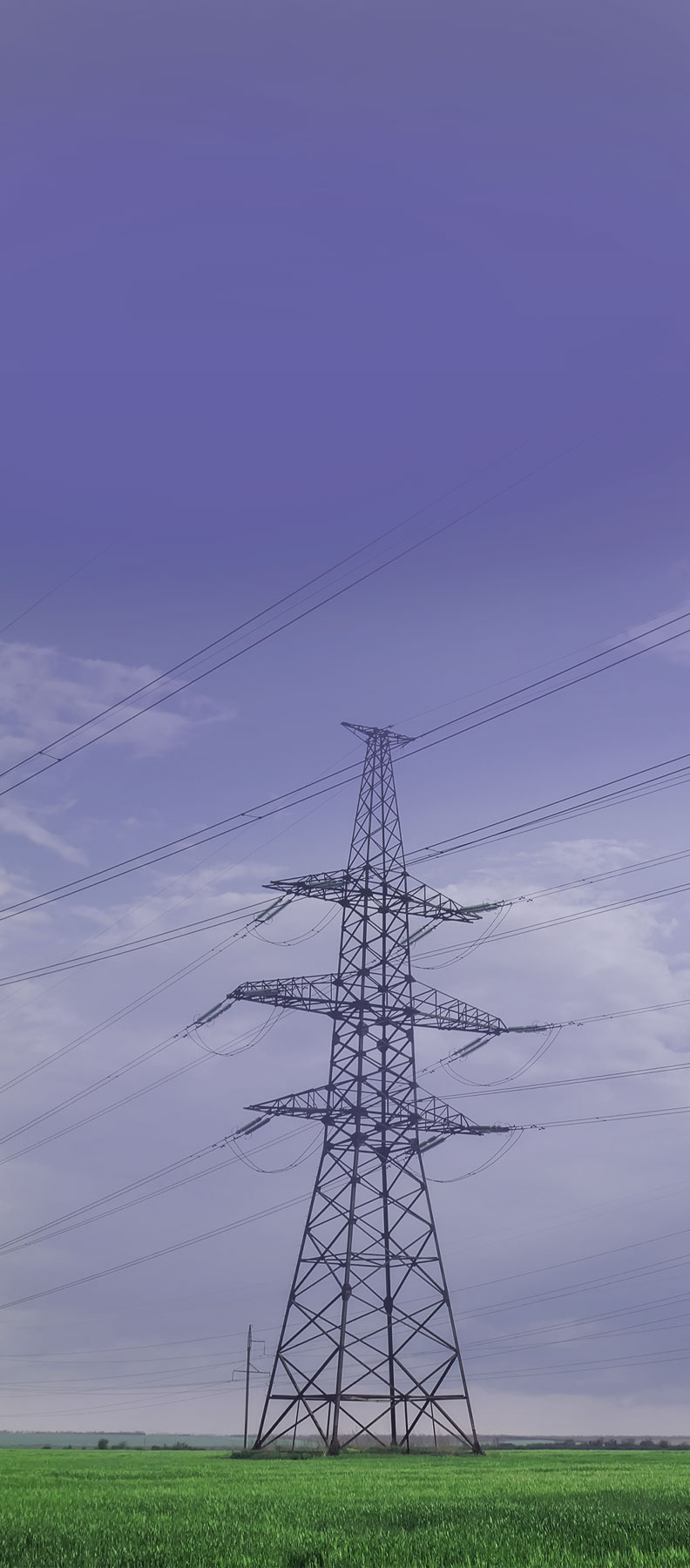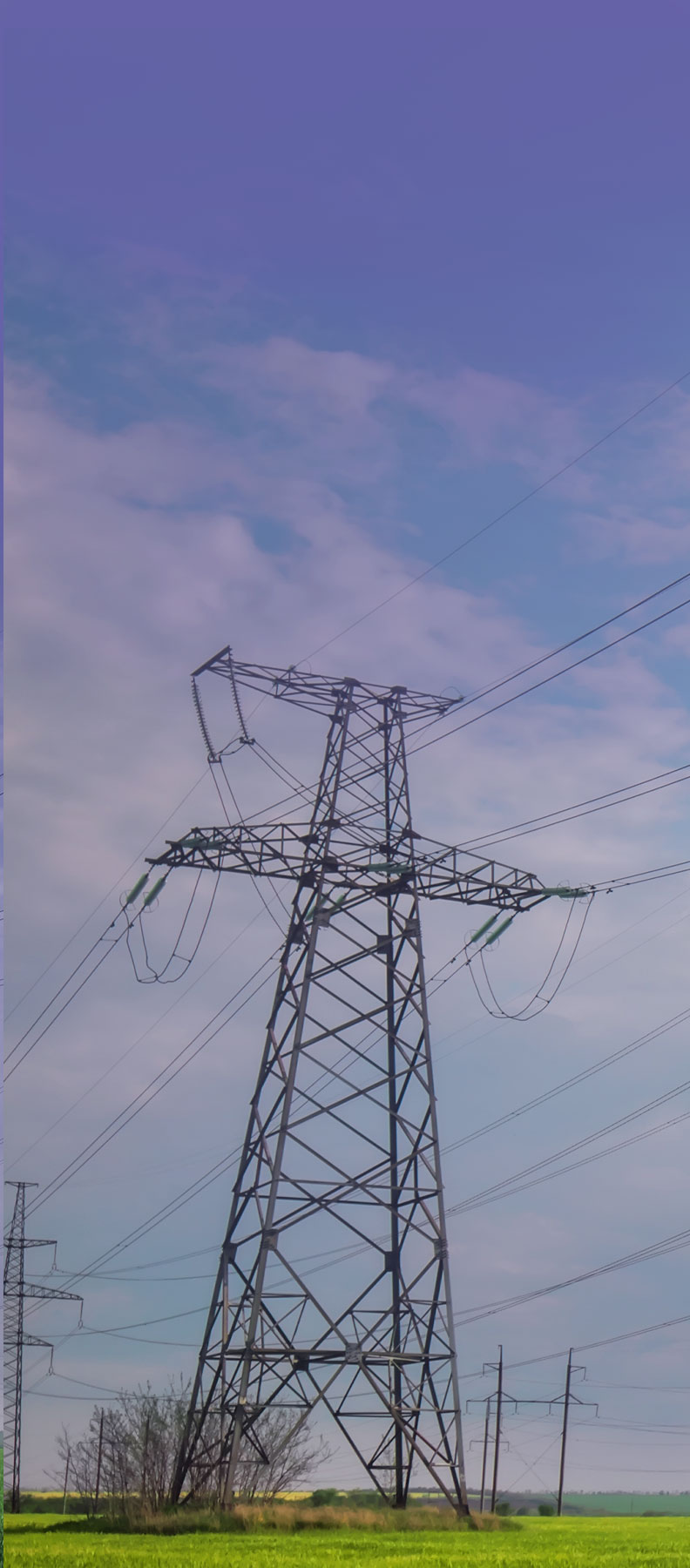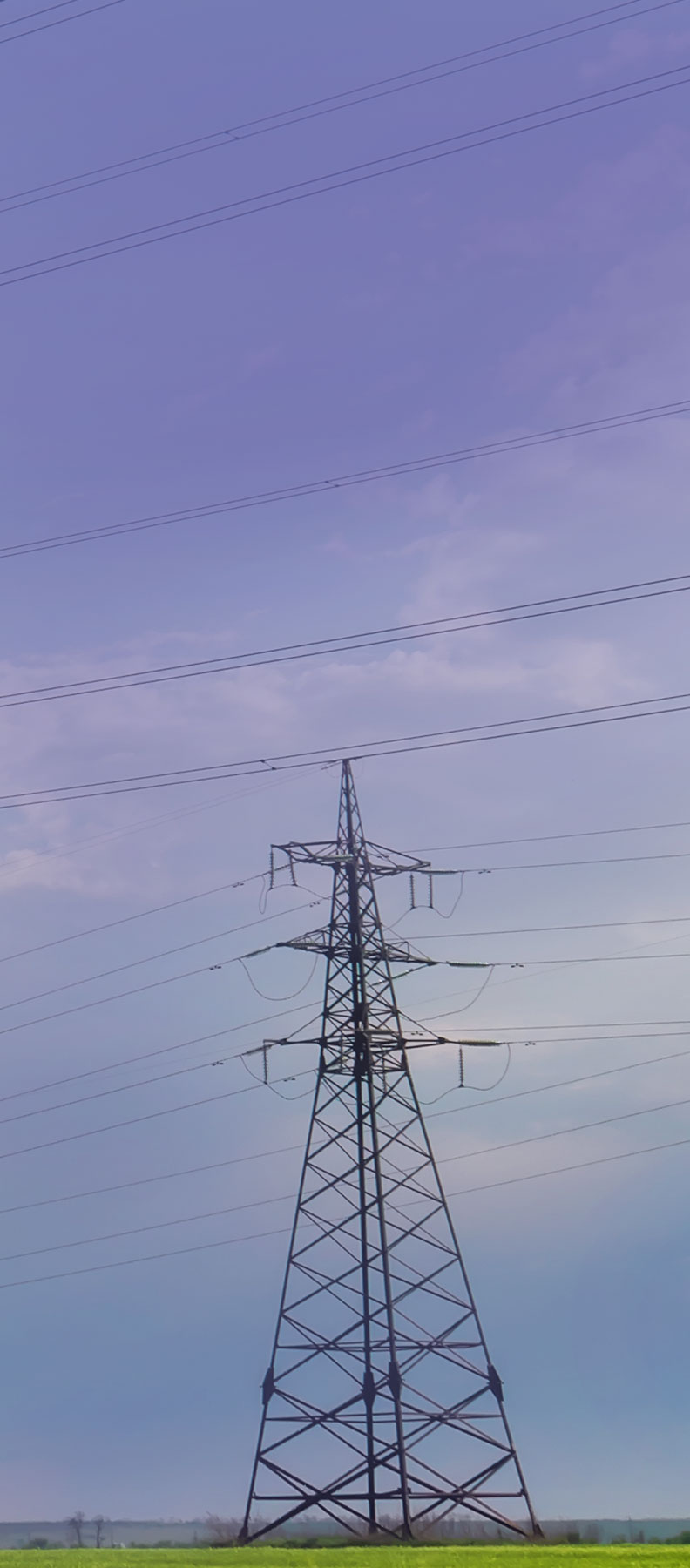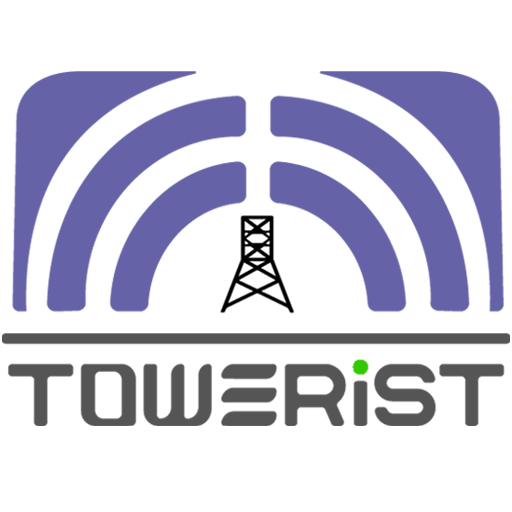


Power Transmission Towers
The transmission tower industry is rapidly advancing to meet the increasing need for electricity, the integration of renewable energy sources, and the reduction of environmental and social impacts. To this end, the industry is utilizing lighter, stronger, and more durable materials like composite materials, high-strength steel, or aluminum alloys. Additionally, innovative designs like spiral or helical towers, inflatable towers, or floating towers are being adopted. Smart features such as sensors, cameras, or communication devices are also being incorporated to monitor and control the performance and condition of the towers. Finally, green solutions such as coating the towers with anti-corrosion or anti-icing materials, planting vegetation around the towers, or installing bird deterrents or nesting platforms are being implemented.
Types of Power Transmission Towers
Power transmission towers are crucial infrastructure components designed to support electrical transmission lines and ensure the efficient and safe delivery of electricity across long distances. These towers come in various designs and materials, each tailored to meet specific environmental conditions, technical requirements, and aesthetic considerations. The choice of transmission tower depends on factors such as the voltage level, terrain, weather conditions, and the overall purpose of the transmission network. In this section, we will explore the different types of power transmission towers commonly used in the industry today.
“Explore our comprehensive range of services for power transmission tower solutions on our Services page.”
1-Lattice Towers
Lattice towers are the most common type of transmission towers, consisting of steel frames that form a triangular or square shape. They are strong, flexible, and easy to assemble and transport. Lattice towers can support multiple circuits and span long distances, making them suitable for most terrains and weather conditions. However, they also have some drawbacks, such as high maintenance costs, visual impact, and susceptibility to corrosion and bird collisions.
2-Tubular Towers
Tubular towers are made of hollow steel tubes that are welded or bolted together. They are more compact, aesthetic, and resistant to corrosion than lattice towers, but they are also more expensive, heavier, and harder to transport and install. Tubular towers can support single or double circuits and are often used in urban areas, where space is limited and visual appeal is important. They can also be designed to have different shapes, such as monopoles, H-frames, or delta configurations.

3-Concrete Towers
Concrete towers are made of reinforced or prestressed concrete that is cast in situ or prefabricated. They are durable, stable, and low-maintenance, but they are also bulky, rigid, and difficult to modify or relocate. Concrete towers can support single or double circuits and are usually used in areas with high seismic activity, strong winds, or corrosive soils. They can also be integrated with other structures, such as bridges, buildings, or dams.
4-Hybrid T owers
Hybrid towers are made of a combination of materials, such as steel and concrete, or steel and wood. They aim to optimize the advantages and minimize the disadvantages of each material, depending on the specific needs and conditions of the project. Hybrid towers can offer more flexibility, efficiency, and sustainability than conventional towers, but they also pose more challenges in terms of design, fabrication, and installation. Hybrid towers can support single or double circuits and are often used in areas with environmental or social constraints.
Towers and Voltage rates
The towers are designed according to the voltage rate of transmission lines which can be:
11KV/ 20KV/ 33KV/ 63KV/ 66KV/ 110KV/ 132KV/ 220KV/ 230KV/ 400KV/ 500KV/ 765KV and 1000KV
Cross Arm
It is an engineered piece of equipment used in pole line technology to hold power lines and other electric equipment.
For an electrical cross arm to be reliable, it has to be efficient in both dead-end and tangent applications.
To fulfill the needs of distribution and transmission, you need to choose a strong cross arm engineered for maximum performance.
Along with distribution and transmission lines, the electrical cross arm used to support and anchor conductors. It holds the cable and the insulator to the main body usually the tower. It is important as it keeps the conductor at a certain height above the ground. In the transmission of electricity, the cross arms are spaced evenly to provide enough space between the lines. The spacing is to prevent the power lines from coming into contact with one another.
Classification of Electrical Cross Arm
- Power pole cross arms
- Line-cross arms
- Side arms
- Telephone pole cross arms
- Light pole cross arms
Transmission towers, also known as electricity pylons are designed, manufactured and implemented for electricity transmission from one point to another. They are designed based on the required voltage, its application, available space, weather and atmospheric conditions of the region, etc. The Transmission Towers are tall structures often made of steel and used in high voltage lines to transmit electrical energy and in alternating current and direct current systems. It has many variations in shape (lattice-telescopic-polygon) and many sizes, and its length varies from 15 to 55 meters.
Height of power transmission towers
The height of the towers is different from each other, and many factors must be considered to determine the height of the towers such as: span distance (horizontal distances between two consecutive towers are called span), wind speed and angle, ice thickness, the diameter of the conductors, etc.
Connections of transmission towers members
Bolts are used in 99% of connections.
Anchor bolts are used for telescopic towers and equipment bases and gantry.
Calculating the length of bolts and nuts suitable for connections is calculated as follows:
The total thickness of the number of parts that are connected to each other + 25 mm
